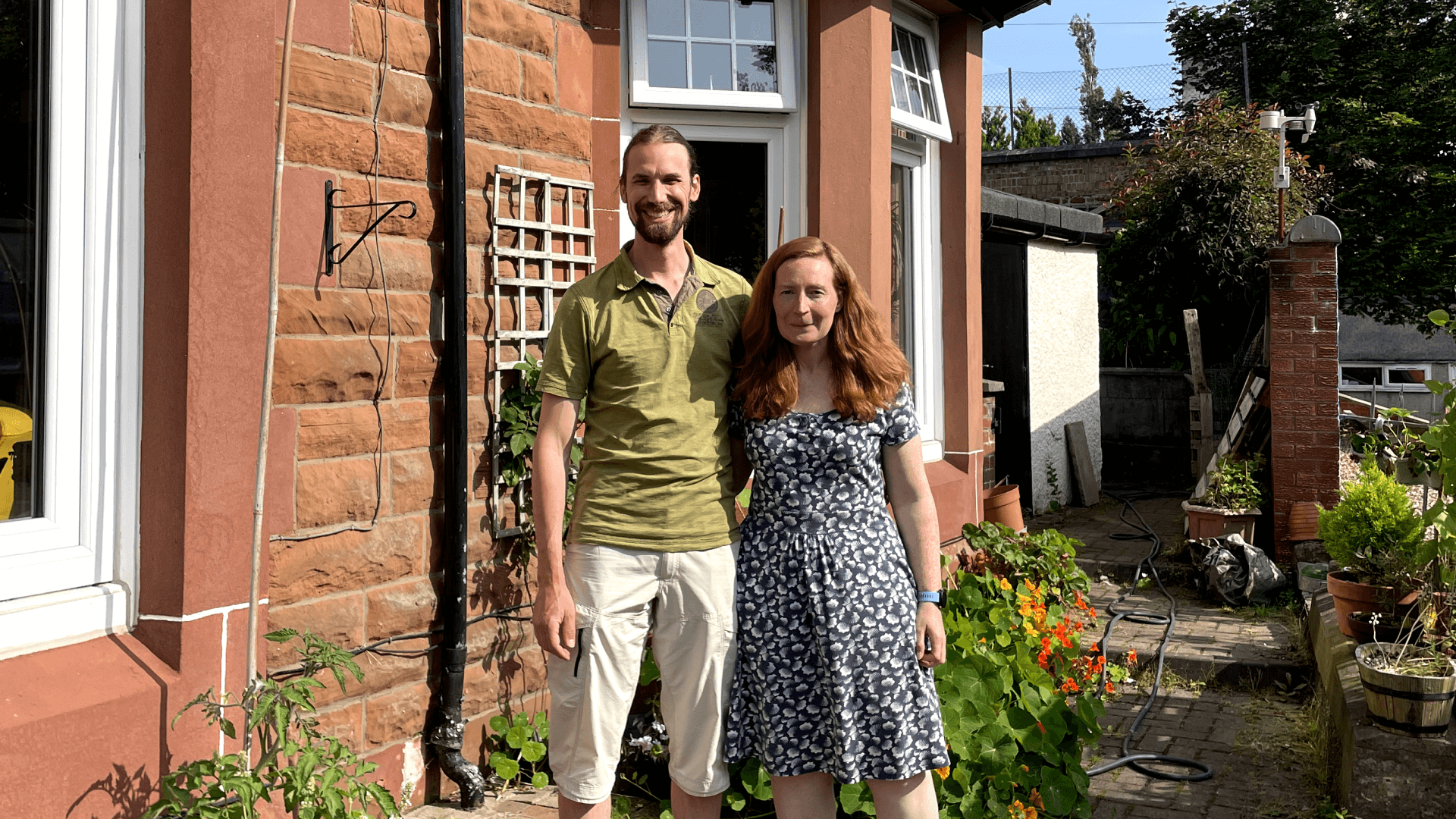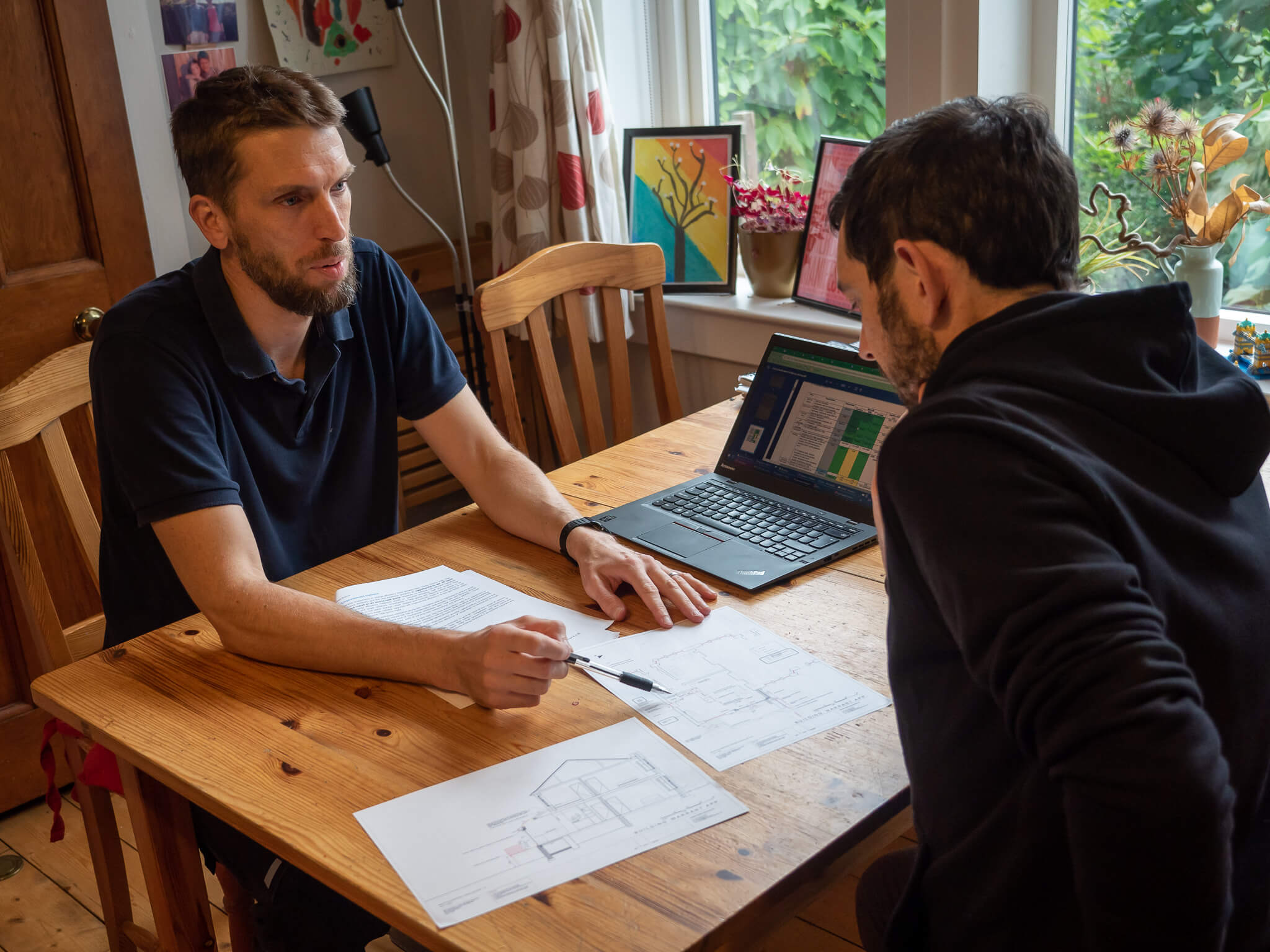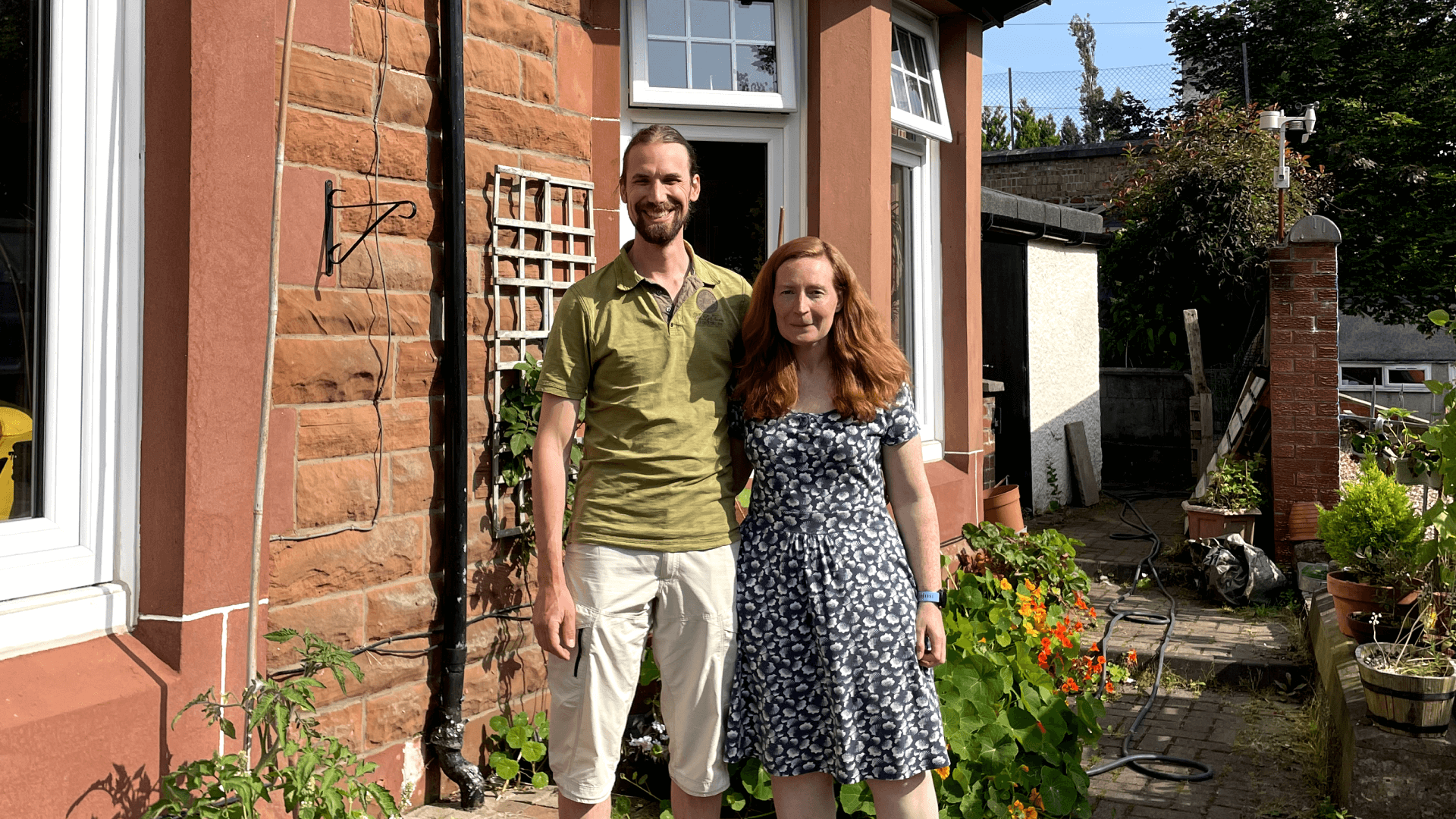
Frank and Isabelle relocated to Glasgow from London in 2022. As first-time buyers, Frank initially favoured purchasing a modern property with cavity wall insulation, but Isabelle convinced him that they should opt for somewhere with more character.
“I was persuaded that instead of entering a house that’s already completely climate-ready, we can take the house on the journey,” says Frank.
Frank and Isabelle work in the energy sector and are “more motivated and more knowledgeable than the average person just by the jobs we’ve had”.
Last summer, Frank came across an online article about Loco Home Retrofit. He got in touch and arranged a home assessment, keen to determine the order in which to tackle the retrofitting process. The couple also sought clarity on what was technically feasible in this property type.
“In particular, around the walls. How do you do wall insulation in a property like this? You can put it on the outside, although I’m not even sure the council would let us. A large part of the house’s value is what it looks like from the outside, and if you put it in plastic cladding or something like that, it might be warmer, but it won’t look as nice,” he adds.
The couple also wanted to know about the logistics behind insulating the walls from the inside and whether it would affect the floor space or cornicing.
“Loco Home said, ‘Well, you may or may not want to put in the floor insulation, but otherwise, you could basically put in the heat pump tomorrow,’” says Frank.
Loco Home reassured Frank that insulating the walls was not a priority, due to the double glazing and reasonable amount of insulation in the loft.
“I was persuaded that instead of entering a house that’s already completely climate-ready, we can take the house on the journey.”
Despite the couple’s enthusiasm and expert advice, progress has been slow.
“Everything turned out to be more difficult than we anticipated,” says Frank.
The couple are keen on underfloor insulation because their floor is cold during winter.
“It’s right above the void and not insulated,” says Frank. “When the previous owners had the kitchen island put in, there were bits where there were no floorboards, so you could just reach into the void, and there’s a draught coming through.”
The gap is not big enough to insulate from within the void, so the floor would need to come up to do the insulation.
“So, the cost goes from, say, £2,000 and two days’ work to a lot more, and we need to move our ground-floor furniture to somewhere else for two weeks while they rip up the floors,” says Frank.
Similarly, plans for solar panels also hit the buffers. The slates on the roof of the house are original. As such, every winter, one or two slates will fall off and must be replaced.
“Once you put solar panels on, it is not so simple anymore because if the slates go, you must get someone with scaffolding to lift the solar panels and replace the tiles. Reroofing would cost about £20,000. So, that one is in the long grass,” he says.
A heat pump is still viable, as is a water cylinder in the attic or boiler cupboard. The couple is satisfied that the house is reasonably ready, fabric-wise, for a heat pump.
“One thing the assessment did establish was that we don’t have enough radiators,” says Frank. “Even at current boiler temperatures, the radiators in the kitchen are too small to keep the kitchen warm in winter.”
Frank and Isabelleunderstood that a heat pump most likely meant new radiators. However, the kitchen’s layout means there is very little space to accommodate a radiator.
“So, the heat pump is now stuck because we don’t know where all the radiators would go,” says Frank. “In that case, we may wait until we rip the floor out for the insulation. And we might as well put underfloor heating in.”
“Every time we try to do any type of fabric improvement, we’ve encountered something else that either makes it difficult or that needs to be done first before you can get what you actually want, which has sort of got us stuck,” he adds.
“Every time we try to do any type of fabric improvement, we’ve run something else that either makes it difficult or that needs to be done first before you can get the thing you actually want, which has sort of got us stuck.”
The only job Frank is confident that will be completed this year is to replace the loft insulation.
“Although it exists, it’s of very poor quality. It’s degraded in places, and it was never completely installed. So, we think it’s the simplest thing to do.”
The couple have decided to tackle one major upgrade every one to two years if finances allow: the loft insulation first, then the roof and solar panels, followed by underfloor heating, and finally, a heat pump.
Frank says the Loco Home community has been helpful because it allows him to chat with and learn from more knowledgeable people about the process.
“I feel that Loco Home’s work is very valuable. It is trying to help people on their journeys and find ways to solve problems collectively.”
Despite the setbacks, Frank and Isabelleare committed to continuing their retrofitting journey, albeit at a different pace.
“I had to adjust my approach because when we first came in, I was a bit gung-ho. Instead, it’s become a very prolonged process.”
“We expect to be in his house for at least ten years, possibly 20 years, and maybe we just work on the basis that this is also how long this journey might take,” says Frank. “And we might not even complete it, but at least by the time we move on, the next guardians of this house will be in a better position than we were.”
“I feel that Loco Home’s work is very valuable. It is trying to help people on their journeys and find ways to solve problems collectively.”

Loco Home’s Whole House Assessment services are helpful to anybody who is stuck with their retrofit or simply unsure where to start. To learn more, listen to Loco Home member Sarah Buchannan talk about her assessment on the Accelerate to Zero podcast, or click below.


